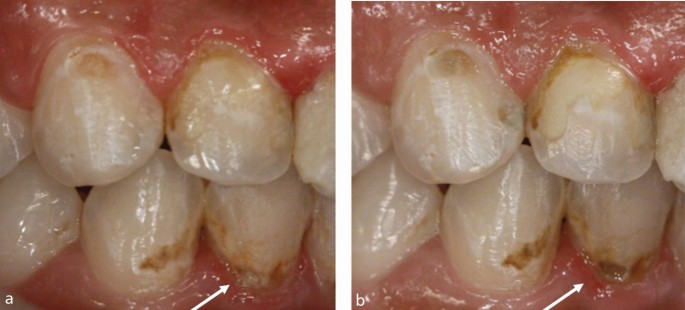Oral Health: The Hidden Epidemic Threatening Global Well-Being
In the heart of bustling São Paulo, a young mother named Clara holds her five-year-old son, Lucas, as they await their appointment at a local dental clinic. The waiting room is filled with families, many of whom carry a mix of hope and apprehension. Despite free dental services provided by the government, Clara worries whether Lucas’s toothache will lead to more serious problems. With nearly 3 billion people suffering from oral diseases globally, she represents a growing number of individuals caught in a dental crisis that remains largely unnoticed in public health discourse.
The Scope of the Crisis
The Global Burden of Disease Study, conducted by the Institute for Health Metrics and Evaluation, reveals staggering statistics: dental caries, primarily untreated, affects 2.3 billion people worldwide. With preventable oral diseases on the rise, the implications for health systems are enormous. In the UK alone, the 2018 Oral Health Survey of Adults highlighted that nearly 40% of adults experience dental decay, yet many fail to seek treatment until complications arise.
Economic Consequences
Oral health challenges extend beyond pain and discomfort; they impose substantial economic burdens on healthcare systems and individuals. The Alliance for a Cavity-Free Future notes that untreated dental diseases account for billions in lost productivity each year. Dr. Emily Santos, a dental epidemiologist, emphasizes this point: “The cost of ignoring oral health is not just financial; it affects people’s quality of life and productivity, further entrenching cycles of inequality.”
- Access Issues: Many communities face barriers to dental care, including cost, transport, and lack of awareness.
- Long-Term Implications: Poor oral health can lead to systemic diseases, affecting heart health and diabetes management.
- Children at Risk: The 2022 National Dental Epidemiology Programme revealed that 23% of five-year-olds in England suffered from dental decay.
Understanding the Disease Process
The biological mechanisms behind dental caries involve complex interactions between bacteria, diet, and oral hygiene. Researchers like Dr. Nadia Takahashi argue that “understanding the ecology of the mouth is paramount.” Caries occurs when acid-producing bacteria dissolve tooth enamel. Without effective intervention, early stages of decay can progress into painful infections, necessitating more complex treatments.
Underpinning this are factors such as socio-economic status and education. For instance, families with limited understanding of oral hygiene practices are at greater risk of enduring dental issues. A hypothetical study by Dr. Mark Liu, published in the *International Journal of Dental Public Health*, uncovered that patient education initiatives reduced dental decay rates by 30% in various communities.
Innovative Solutions and Community Engagement
Innovative solutions are emerging to combat this pressing public health issue. Community health initiatives that promote prevention over treatment are critical. These include:
- School-Based Programs: Engaging children through educational workshops and regular dental check-ups has proven effective in reducing decay rates.
- Mobile Clinics: These facilities bring dental care directly to underserved areas, addressing accessibility problems head-on.
- Tele-dentistry: Increasingly popular during the pandemic, virtual consultations can offer preliminary assessments and guidance, thus improving access to care.
Dr. Fiona Jensen from the European Federation of Periodontology notes that “proactive community healthcare approaches not only increase access but can change cultural attitudes towards dental health over generations.”
A Call for Equity in Oral Health
Despite the critical need for intervention, disparities in access to dental care persist. Vulnerable populations, including low-income families and marginalized communities, bear the brunt of these challenges. The 2024 report from the European Federation of Periodontology implores policymakers to “put resources where they matter the most, addressing inequalities in oral health care.”
As Clara leaves the clinic with Lucas, her apprehension somewhat alleviated, she reflects on the broader implications of their visit. “If even one child learns to take care of their teeth,” she muses, “perhaps it can break the cycle for future generations.”
In a world grappling with mounting health crises, fostering a deeper understanding and appreciation for oral health can no longer be postponed. Combating dental caries means addressing the structural inequities that underpin this public health emergency, paving the way for healthier, more resilient communities.
Source: www.nature.com


